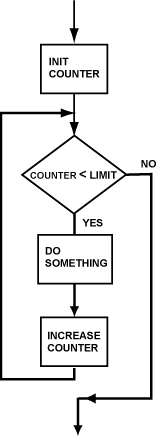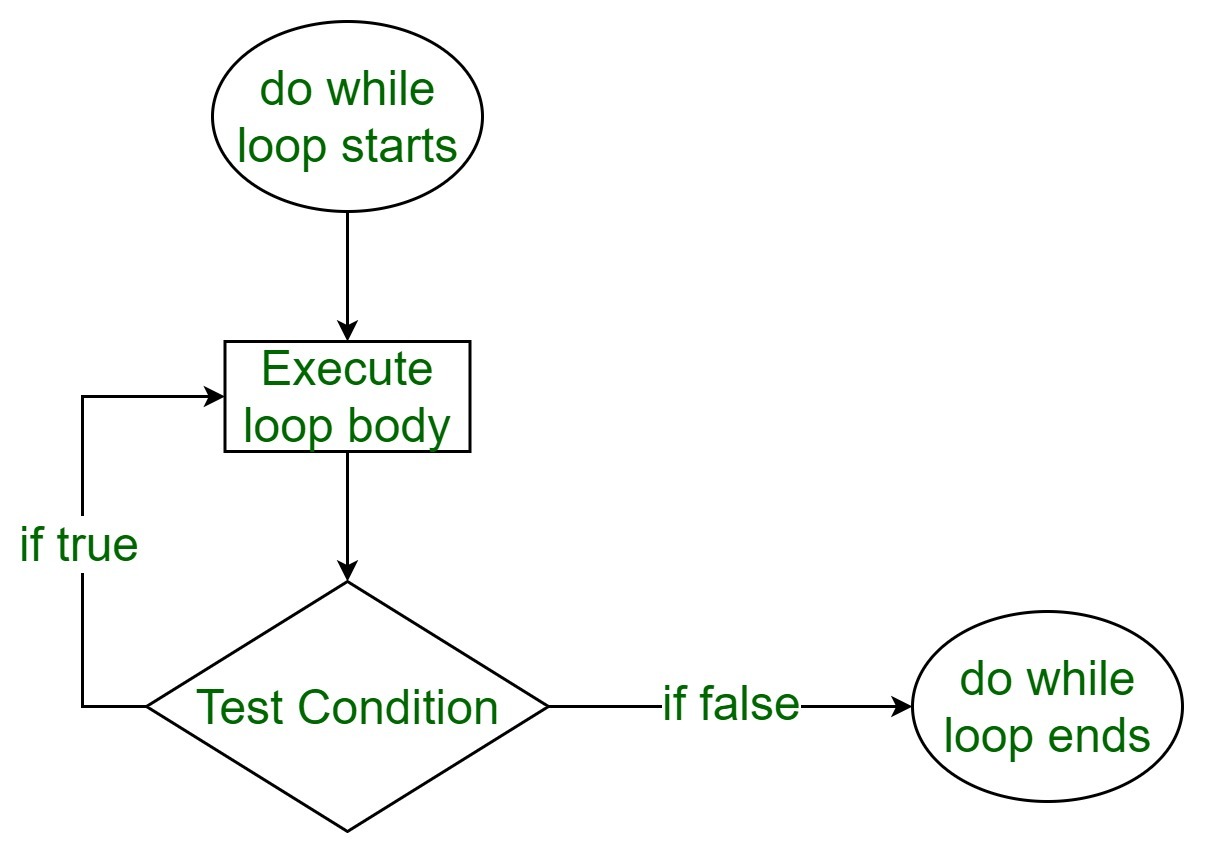Count controlled repetition

Count-controlled repetition is also called definite repetition because the number of repetitions is known before the loop begins executing. When we do not know in advance the number of times we want to execute a statement, we cannot use count-controlled repetition. In such an instance, we would use sentinel-controlled repetition.
A count-controlled repetition will exit after running a certain number of times. The count is kept in a variable called an index or counter. When the index reaches a certain value (the loop bound) the loop will end.
Count-controlled repetition requires
- control variable (or loop counter)
- initial value of the control variable
- increment (or decrement) by which the control variable is modified each iteration through the loop
- condition that tests for the final value of the control variable
We can use both for and while loops, for count controlled repetition, but the for loop in combination with the range() function is more common.
Structured FOR loop¶
We have seen the for loop already, but we will formally introduce it here. The for loop executes a block of code repeatedly until the condition in the for statement is no longer true.
Looping through an iterable¶
An iterable is anything that can be looped over - typically a list, string, or tuple. The syntax for looping through an iterable is illustrated by an example.
First a generic syntax
for a in iterable:
print(a)
Notice the colon : and the indentation.
Now a specific example:
